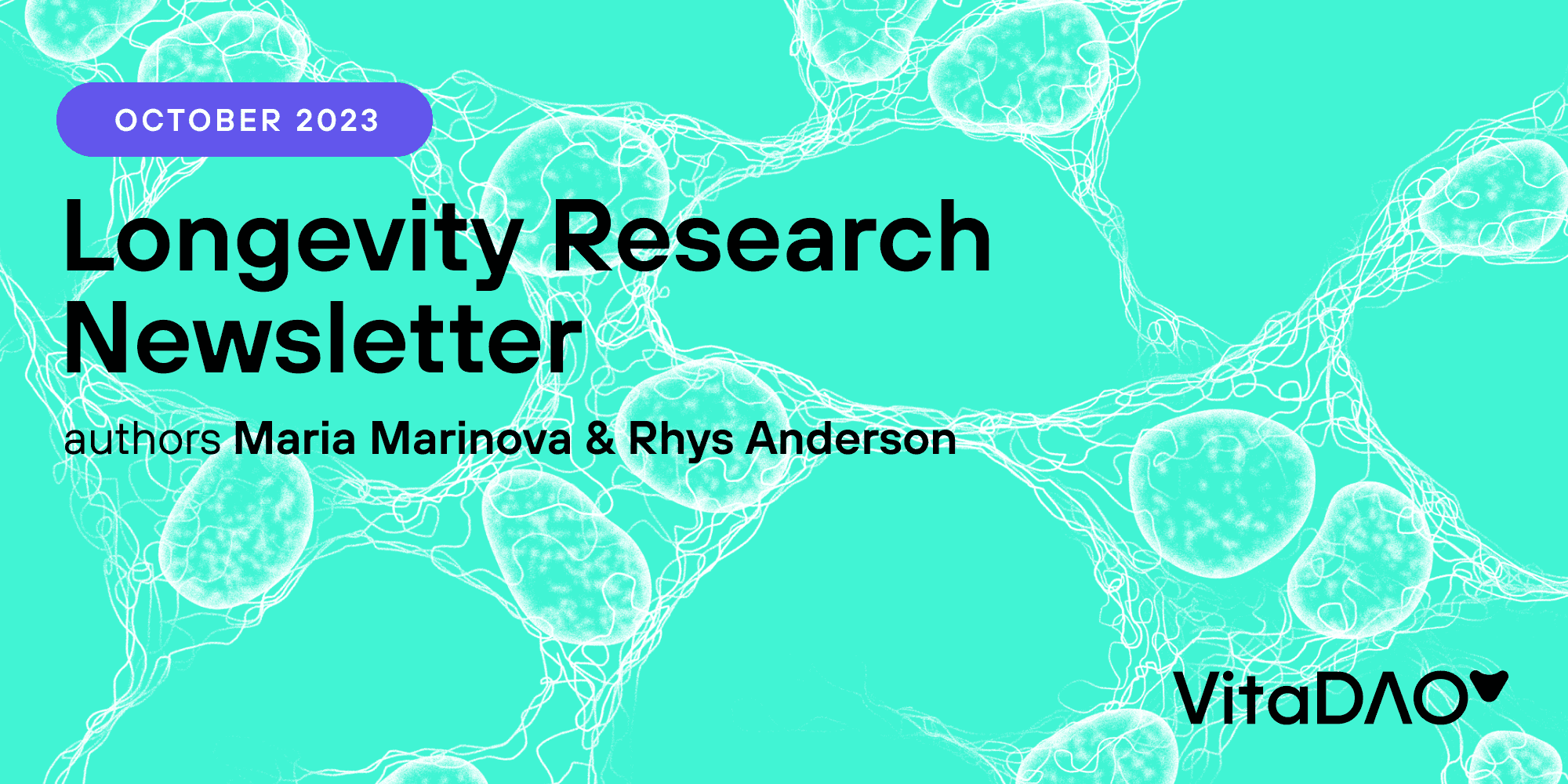
October Longevity Research Newsletter

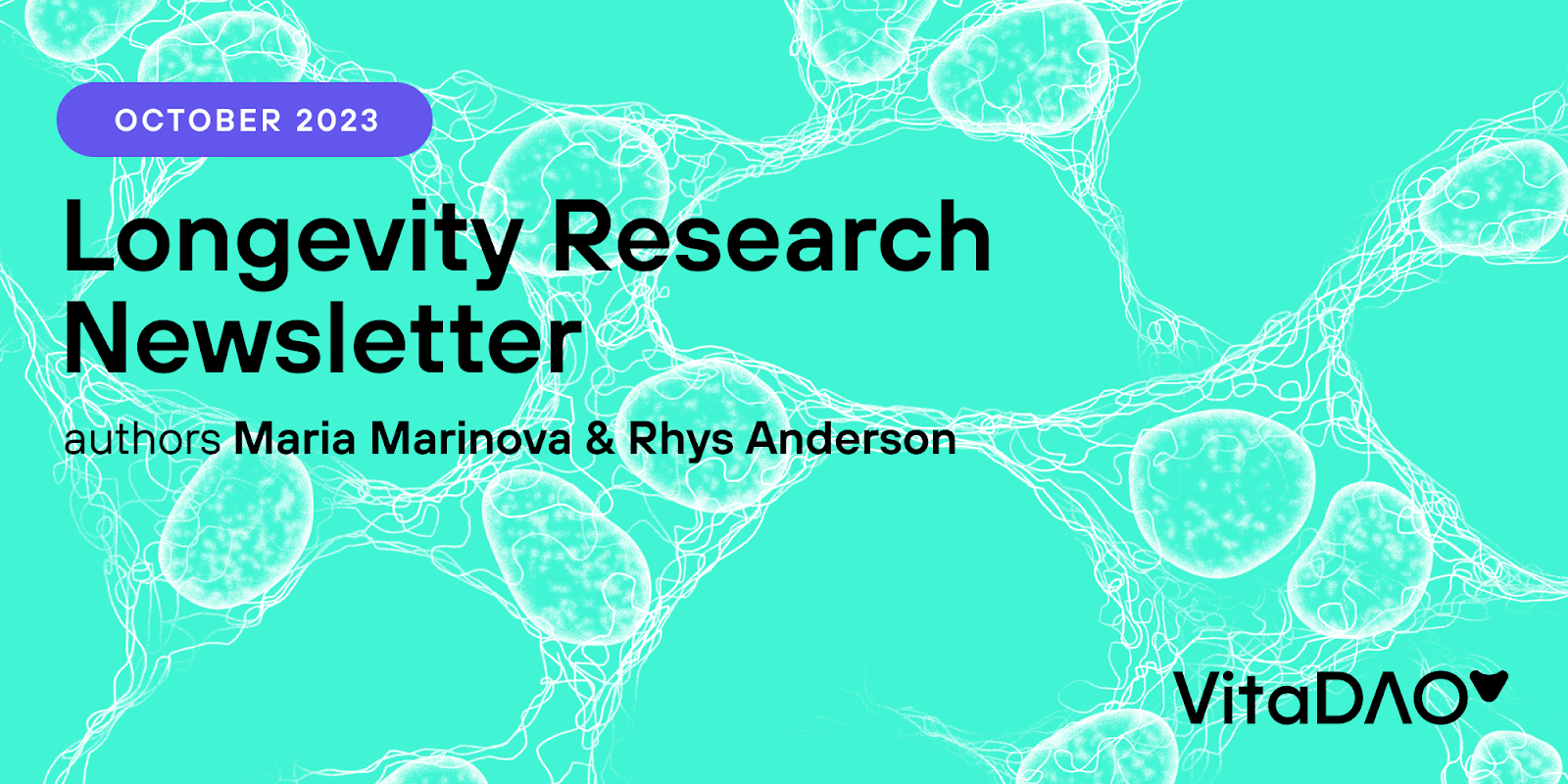
Introduction
Welcome back Vitalians and please join us in congratulating the Oisín Biotechnologies team for passing the VitaDAO token holder vote with 86.47% voting in favour! This proposal was an assessment of a multi-asset longevity biotech company pioneering genetic medicines to combat sarcopenia and other age-related diseases to promote healthier, longer lives.
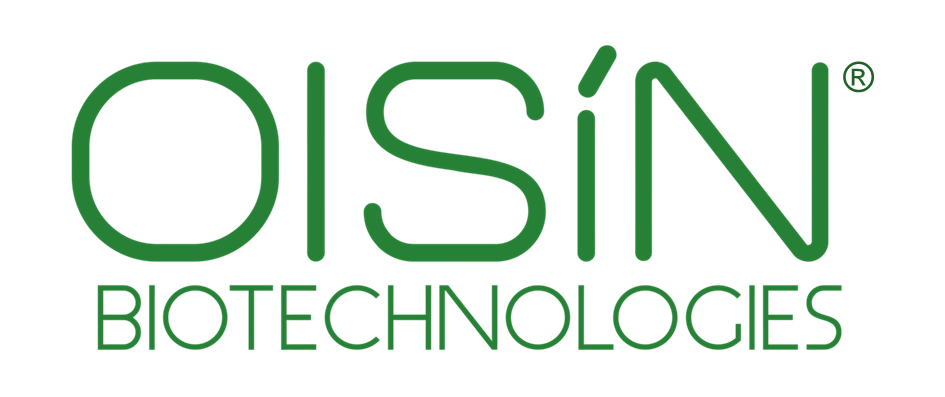
VitaDAO's Members Portal is LIVE! We want to give tokenholders the opportunity to access health products and services at a discounted price. Currently we have offers with Glycanage and Bon Charge with many more to come.

Stop the press! AgingDoc is AgingDoxxed! After years of speculation as to who was behind this Twitter account:

David Barzilai MD PhD, MS, MBA, DipABLM has revealed his identity!!!! Read here to find out why he made this decision.
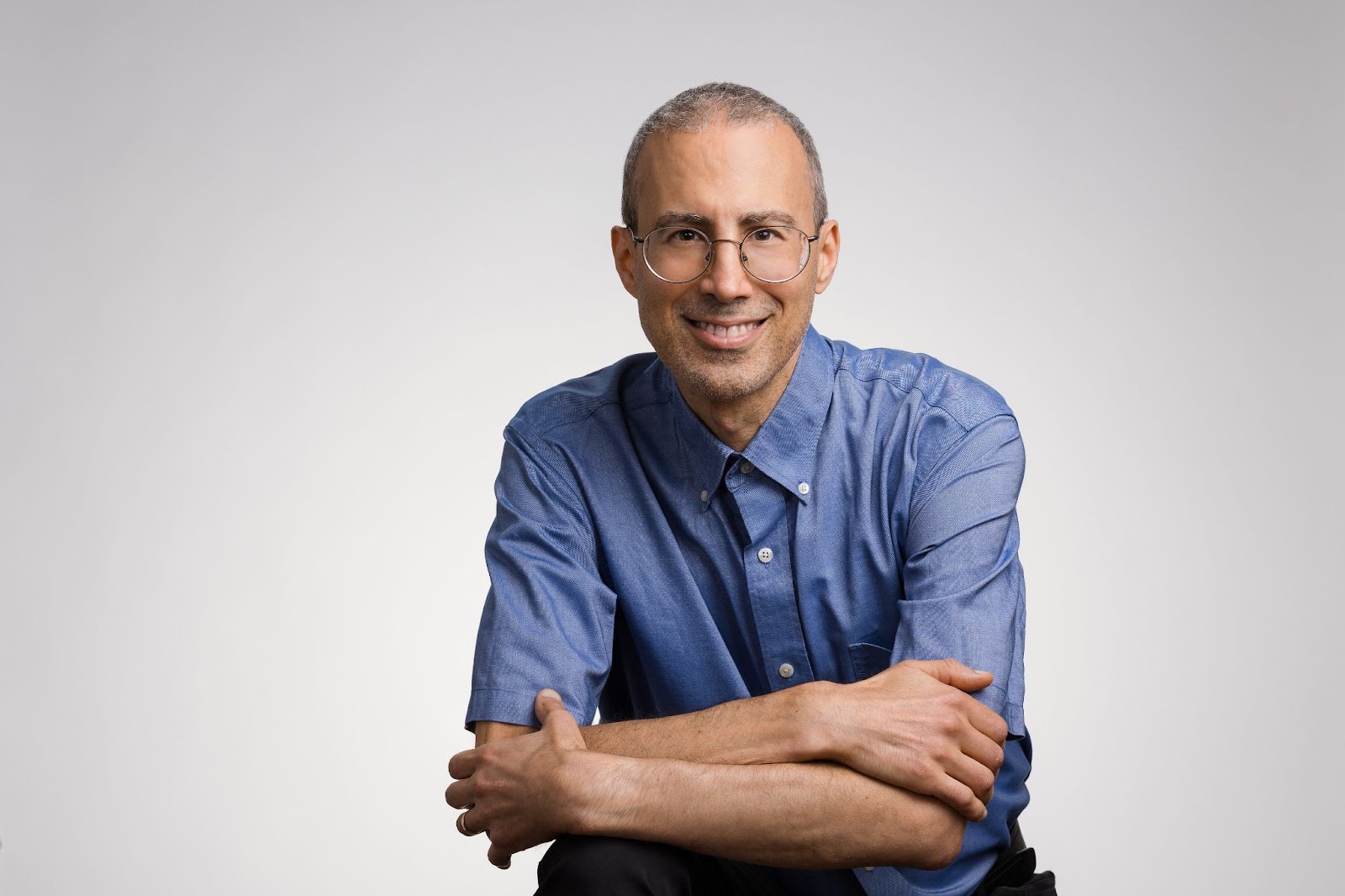
We are also excited to announce that we interviewed David this month, who shared his thoughts on the longevity field with us - check it out at the end of this newsletter! Enjoy!
Longevity Literature Hot Picks

Preprint Corner
The Longevist editors have whittled down a longlist of over 60 longevity preprints from Q3 down to 10 amazing contenders! The Snapshot vote will begin soon to determine which ones our curators think will have the biggest impact in the longevity field.

Check out these latest preprints, each of these will be entered into the Q4 longlist to be in the running to receive a coveted place in The Longevist. They are also available to review on our reviewing platform The Longevity Decentralized Review (TLDR) for a bounty of 50 VITA per review.
As always, you can refer preprints to The Longevist and receive a bounty of 50 VITA for each one that makes the editors' shortlist or 200 VITA if it makes the curators' top 3.
Dietary restriction extends lifespan across different temperatures in the fly
Elevated epigenetic age in wild compared to lab-raised house mice
The circulating proteome and brain health: Mendelian randomisation and cross-sectional analyses
Published Research Papers

Apoptotic stress causes mtDNA release during senescence and drives the SASP
The Passos lab have previously published research showing that mitochondria are essential for the pro-ageing features of the senescent phenotype. Now they have followed this up with a Nature paper showing that mitochondria in senescent cells develop macropores which allow mitochondrial DNA to leak out into the cytosol and activate the cGAS-STING pathway, which is a major regulator of the senescence-associated secretory phenotype (SASP).
Biomarkers of cellular senescence and risk of death in humans
This study analysed the levels of 28 SASP proteins in the patients’ blood and discovered that high levels of GDF15, RAGE, VEGFA, PARC, and MMP2 were particularly predictive of mortality.
In this paper, the authors showed that higher levels of serum iron were linked to an acceleration of various epigenetic clocks associated with aging, including GrimAge, HannumAge, and Intrinsic epigenetic age

Multi-species atlas resolves an axolotl limb development and regeneration paradox
Using a multi-species transcriptomics approach, this study confirmed the presence of apical-ectodermal-ridge (AER)-like cells in axolotls, a key model organism for regeneration, while noting that complete reformation of AER cells during limb regeneration was not observed. Additionally, the research identified elements of the AER machinery within the axolotl mesoderm, offering insights into the mechanisms of limb (re)growth and resolving the debate surrounding the role of AER in axolotl limb regeneration.
This study addressed the global prevalence of periodontal disease (PD) and its association with diabetes, emphasizing the role of glucose metabolism modulation as a significant factor in non-communicable disease development. By repurposing Metformin, the research demonstrated that pharmaceutically controlling glucose metabolism led to the prevention of bone loss associated with induced periodontal disease and aging.
Loss of Grem1-lineage chondrogenic progenitor cells causes osteoarthritis
The research identifies Gremlin 1 (Grem1) as a marker for progenitor cells in cartilage that can become bone or cartilage cells. These cells decrease with age and injury, contributing to osteoarthritis (OA). Loss of Foxo1 function in these cells leads to OA. Treatment with FGF18 promotes these progenitor cells' growth, improving cartilage and decreasing OA, pointing to potential OA treatments.
Transcriptomic analysis reveals a tissue-specific loss of identity during ageing and cancer
This study found aging results in the downregulation of tissue-specific genes in 40% of tissues. In cancer, a similar loss of identity occurs with tumors expressing genes from different tissues, influencing patient survival independently of their age.
A genetically encoded tool to increase cellular NADH/NAD+ ratio in living cells
This research presents a new tool, a soluble transhydrogenase from E. coli, to study reductive stress by increasing NADH/NAD+ ratios in cells. It offers a fresh approach to investigate redox imbalances in diseases.
The total mass, number, and distribution of immune cells in the human body
Whilst not a longevity paper per se, it begs the question: how do these stats change with age?
The association of leukocyte telomere length with exceptional longevity among older women
This study investigates the correlation between leukocyte telomere length (LTL) and the likelihood of living to age 90 with good mobility among postmenopausal women. Findings suggest women with longer LTLs had higher chances of reaching age 90, with or without mobility issues.
Platelets rejuvenate the aging brain
The studies investigate different aspects of brain function and aging but converge on the finding that platelet factor 4 (PF4) can rejuvenate cognitive abilities in older mice. This marks the first evidence of platelets and PF4 as regulators of brain cognition.
Decoding aging-dependent regenerative decline across tissues at single-cell resolution
The study analyzes how aging affects tissue regeneration, revealing that aged tissues have reduced stem cell movement and blood vessel formation, and a distinct type of macrophage active in young but not old tissues, pinpointing targets for improving regeneration in the elderly.
The article presents a new tool, GLF16, for identifying senescent cells using fluorescence techniques. With a novel delivery method using micelles, this approach allows for easier, more precise isolation and analysis of live senescent cells, both in vivo and in vitro.
Published Literature Reviews, Hypotheses, Perspectives and more
Combinatorial interventions in aging
Biomarkers of aging remain elusive as researchers try to slow the biological clock
Insulin and aging – a disappointing relationship
Job board

Dr Bernadette Carroll is looking to recruit a research associate to work on various aspects of membrane dynamics and cell signalling at University of Bristol. The aim is to investigate the role of non-canonical mTORC1 activity at focal adhesions.
The Webb Lab at The Buck Institute is recruiting 1-2 postdocs to work on mechanisms of brain aging and neurodegeneration!
Kapahi Laboratory at The Buck Institute are looking to recruit 2 Postdocs to work on applying bioinformatic approaches to study eye aging and neurodegeneration using flies and mammals. The lab values include curiosity driven science, team spirit and mentorship.
The Kane lab at the Institute for Systems Biology is seeking a highly motivated Postdoctoral Fellow interested in the biology of aging to lead projects focused on understanding, measuring and predicting heterogeneity in aging, and particularly identifying epigenetic determinants and biomarkers of frailty
The Kohler Lab have an open call for a PhD student to work on the fascinating interrelation between Proteostasis and Ageing, combining High Throughput approaches in Yeast with validation in Cell Culture.

The Whitworth lab at the University of Cambridge are recruiting a PhD student who is interested in unravelling the ways that impinging on mitochondrial calcium can prevent neurodegeneration.
Marta Kovatcheva launching a new lab and is looking to hire a postdoc who will use novel lineage tracing strategies to probe the contribution of partially reprogrammed cells in vivo.
The Korolchuk Lab is offering a new PhD opportunity, working closely with Procter & Gamble to investigate mechanisms of skin ageing.
Two PhD positions available at the Tayilor Lab on 1) the roles of a novel prion-like protein in stress resistance and aging and 2) the unfolded protein response, restoring homeostasis and a new regulator of aging.
News and Media

Gero raises $6 million to find root causes of aging and age-related diseases
BATPROTECT: Learning from Bats: New strategies to extend healthspan and improve disease resistance
ERC funding: 11,882,510€ over 72 months
You might have heard of Ora Biomedical’s ambitious endeavour to assess 1,000,000 longevity interventions in 5 years, catchily named The Million Molecule Challenge! Now you can help support his endeavour by becoming a sponsor!
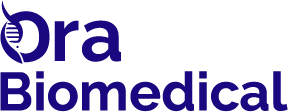
LongeVC: What longevity investors are really looking for
Prizes

A brand new Longevity Prize has launched and accepting application over the next couple of months. The Longevity Funding Innovation Prize initiated and funded by Marat Karpeko is going to award $20,000 USD for the most innovative and potentially impactful longevity funding strategy. The judges want to see a real action plan and tangible solution for real world impact.
Keep in mind the key dates:
- Kick-Off: 20th September 2023
- Proposal Closing: 20th December 2023
- Evaluation Wrap-Up: 20th February 2024
- Champion Unveiled: 29th February 2024
Conferences

7-8 November, Buck Institute for Research on Ageing, Novato, CA, USA
Ageing Research at King's (ARK) Longevity Week 2023 - Sustainable Longevity: Harnessing Consumer HealthTech and FinTech
17 November, King’s College London, UK
The Longevity Forum’s - The Longevity Week
13 -17 November 2023
17 November DeSci & Longevity Biotech 2023 — A Próspera Builders’ Summit
Careers in Aging Day at GSA 2023
Friday, November 10, 2023 – Full-day event, Tampa Waterfront Marriott, 505 Water St, Tampa, FL, US
NUHS Centre for Healthy Longevity - Unlock Healthy Longevity: Supplements
Scientific Conference: February 29th - March 1st, 2024. This is the first global scientific conference focused solely on the role of supplements as a geroprotective intervention.
4-5th December, Novato CA, Buck
7th December, Stanford
Tweet of the Month

Peter Fedichev: It may sound strange, but beyond our "longevity" bubble people often ask: what are the reasons, scientifically, culturally, etc. for the reasons why people want to stop aging? My guess is that consciousness, once emerged, faced the vastness of universe and shortness of life. Hence two dreams, of flight and immortality are universalities of human inspirations transcending all the cultural differences. And this is why, in relation to those questions, I like to tell the following story. Continue reading here...
Podcasts and Webinars

NUS Medicine’s Healthy Longevity Webinar Series
Funding Opportunities

SCPAB Transition to Independence Award supports researchers investigating the mechanisms of cognitive resilience and functional maintenance of the healthy aging brain. Experience in aging research is not required; the program welcomes applications from candidates with backgrounds in neuroscience, molecular biology, genetics, immunology, cell biology and the physical and information sciences.
Interview with Agingdoc, or Dr David Barzilai


What inspired you to enter the longevity field?
Almost as far back as I can remember, I’ve been profoundly struck by the extent of life’s hardship and brevity. At the same time, I love the sciences including biology, and like most of us, I’ve always wanted to make my mark in world helping others. So, with that as background, and following studying biology and public health related studies in college, I determined to enter medicine, so that I could help alleviate suffering and cure when possible. This was an MD-PhD program in health services research- which taught me much about medicine, evidence-based practice, asking good questions, studying them, and appraising published work.
My keen interest in, or what some may call “obsession,” for optimizing my own health pervaded all these stages in my life, and motivated me to avidly read far wider and deeper than my medical training required. I’ve followed the geroscience literature and see the potential of insight from aging biology to address healthy longevity. These passions were the seed for my getting involved in the longevity space.
I have turned to social media as one manifestation of these interests. By collating significant publications and creating a space for people with varied perspectives to learn and discuss, I aimed to bridge the gap between scientific communities and the public. This initiative not only fosters a collective understanding but also catalyzes a multi-dimensional contribution towards advancing the field of longevity. I did so anonymously for several years, but on my 49th birthday in August 2023 I came to the realization that I could still do so much more simply post publications. It’s time to apply my knowledge more directly. So since then, I’ve worked on what I dubbed “project 49” – starting with coaching and consulting a few clients to experience one-on-one in the longevity space – and from there branching out to more public role of geroscience advancement, advocacy, and general awareness.
Did your general medical training include anything on geroscience and what do you think should be taught in medical school?
In medical school, the focus was essentially: (a) prevent disease (b) diagnose it- which by definition is primarily after it manifests, (c) treat it- and at best cure it, and if not, at least improve symptom burden and quality of life. At first blush, it’s not a terrible way of looking at health. While it has some preventative focus, the amount of time spent in these areas in medical school paled in comparison with complex excursions into the pathophysiology of disease and vast therapeutic armamentarium that can be applied to illness after it manifests
I’ll spare a long analysis here on why, but suffice to say it did a better job of preparing future doctors for diagnoses to make later into the underlying biology than would be ideal, and treatments to give late in the game when it’s already an uphill battle making a difference.
It seems to me that we need a stronger preventative focus, and one that not only more strongly emphasizes lifestyle medicine, but also invests in the development of biomedical technologies that directly address the molecular mechanisms driving disease itself.
In other words, I’d like to see curriculum and incentives more strongly aligned towards favorable outcomes for patients, starting with prevention. I’d also like to see geroscience incorporated formally into the curriculum, because while we are still only scratching the surface, the fact (unbeknownst to me in medical school) that there is an underlying biology of aging that we can make a concerted effort to target is no less than revolutionary. We’re starting to make progress, but in medicine, awareness of the field is still minimal. That needs to change, and when society comes aboard, we can take steps together toward better targeting aging biology and with it our healthspan long before overt disease manifests, when we may be able to do much more about it.
How has the field changed since you started?
The field has changed dramatically over only a few decades. We’ve literally gone from questioning whether single genes can impact lifespan in an organism such as C elegans (which we found yes, they can), to targeting genes and gene expression to increase not only lifespan, but apparent health too.
We have powerful tools emerging across the hallmarks of aging, from epigenetic reprogramming and deployment of senolytics or senomorphics, to genetic engineering, and cell-based therapies. Our tools are not only getting more powerful (CRISPR, scRNASeq analysis, microfluidic chips, you name it), but also are getting more sophisticated at evaluating their output via computational (including machine learning) models. Progress is speeding up with high throughput research pipelines, incorporating robotics and the latest technology. Even our older models are being revisited now, but with a modern spin: In parabiosis, for example, we’re examining whether there may be potentially useful blood factors (from hormones to exosomes and small molecules) in younger organisms, or alternatively harmful ones that need to be either filtered out or diluted to achieve a more youthful phenotype.
We’re also starting to scrutinize biological age, and its rate change. Measuring and tracking biological age is of utmost importance to the future of successfully translating this work to healthy longevity in humans. This requires reliable surrogates for tracking biological aging. While not a replacement for better validated traditional functional biomarkers, progress is being made. Such development and validation would greatly accelerate progress in the deployment of trial-proven geroprotectors for healthy individuals in our lifetime.
Which of the current theories do you think are most promising?
I believe that multiple aging theories are compatible with the same biological process, and that we’re going to require computational AI tools to take their utility to be more useful developing longevity medicine therapeutics. If you are satisfied with this, skip to my next answer. If you’re interested in a deeper dive, keep reading the rest of this section below.
The expression “theory of aging” is imprecise. Sometimes this describes a process, say sources of metabolic or other damage and their sequela. Other times they focus on how these are evolutionarily permissive- mostly under the antagonistic pleiotropy rubric, including its “dysfunctional pseudoprogram” conceptual model. Yet while we can conjecture and model plausibility, we cannot observe evolution in real time, so I focus on the former meaning of “theory of aging” – the change that arises during biological aging.
Biological systems obey the laws of physics, but the complexity arising from nonlinear relationships and higher-order emergence challenges the notion of a single encompassing theory. Thus while many theories today encompass aspects of aging at an intuitive level, what will be most useful are models that can make reliable predictions that can accelerate progress towards therapies. To do so, our best chance may be utilizing computational modeling of empirically obtained data. As for today’s models, I believe the majority either (a) describe the same process through different imprecise human analogies, (b) capture different aspects of biologic aging arising spontaneously in parallel, or both. As entropy increases at the molecular, cellular and organismal level, chaos arises through loss of information, damage, and dysregulation of signaling, and other departures from biological homeostasis and integrity. Thus, while distinctions can be made in emphasis, I do not believe these are fundamentally mutually exclusive, and at their core all describe a unified process.
My primary interest is what works; ultimately the experiments will arbitrate the relative importance of different explanatory models in describing aging as a targetable process. I believe, that useful models exist and have been created, and theorizing continues to be helpful both conceptualizing the problem and theorizing solutions (for example genomic instability- fix the genome, epigenetic drift- revert to a more youthful state, molecular damage- address ECM and other units of disarray, inflammation or hyperfunction- employ nutrient sensing modulators to mitigate these, etc).
Yet I also believe that there is a natural limit to how far our conceptually satisfying yet deceptively oversimplistic models of aging will take us. Computational models employing AI are likely to be increasingly valuable helping us break down complexity, into black box predictions whose basis may elude us, yet nevertheless be leveraged to progress.
What do you think have been the biggest/most important discoveries of the field?
The largest in my mind was our finding that targeting one gene (we’ve found many since then) can have a meaningful impact on lifespan or health. Until this work, biogerontology was more devoted to describing aging than aspiring to target it directly. The second, from the Interventions Testing Program (ITP), that mammalian models can be given interventions that extend lifespan even when given at the equivalent of late middle age. And not only by one molecule, but now several. While we can’t say the impact in humans yet (particularly as we’re already more efficient at damage repair than the shorter-lived models we are studying), it remains a tantalizing prospect that in theory longevity interventions introduced in late adulthood could in principal be successful. ITP should also be recognized for drawing attention to the strong impact of gender on all of these. If we imagine an equitable healthy longevity future for all, it is vital we do the research to see what works for everyone.
What aspects of longevity research do you feel requires more attention?
The short-version is we need a broad agenda, one that incorporates both short and long-term goals, one that balances pragmatism with moonshots, as well as foundational research towards validation of biomarkers so that human longevity trials can be attainable in our lifetime. We also need to mobilize widespread political and social support for translational research pivotal to our capacity for making a real impact on patients (and healthy human lifespan).
There is more about aging we don’t know than we do at this point, and diversification of approaches is our best way forward. This means funding labs focusing on all aspects of aging biology, from genetic engineering to epigenetic reprogramming. Likewise, we should balance short-term lines of inquiry farther along the investigative, therapeutic and regulatory pipeline, along with long-term more challenging and ambitious projects. This way, we can embrace what is most likely to translate to therapy in the near term, while also sustaining investment in high-risk, high-reward longevity moonshots.
Assessing whether known mouse gerotherpeutics work in humans is important low lying fruit, and frankly something I wish we had pursued much more aggressively all along. Specifically, I am thinking of rapamycin/rapalogs, canagliflozin and 17-alpha estradiol (males), acarbose, several others from ITP including more recently astaxanthin and meclizine, and others, including supplements and nutraceuticals such as taurine, spermidine, urolithin A, fucoidan, alpha ketoglutarate, novel NAD+ boosters, and others. The high safety profile, modest cost and efficient pipelines for approval and distribution make nutraceuticals of even modest expectation excellent candidates.
So, how do we get the most bang-for-the-buck investing our resources? My first interest, and I suspect yours also, is how do we get safe and effective therapies to humans as efficiently as possible? It would be great for us to be around when the first generation of translational geroscience interventions arrive.
There are several models for investigation that may help us get there. I support TAME which may be cost prohibitive to apply to all interventions, but the hope is that it may not only narrowly evaluate metformin’s off-label geroprotecive efficacy, but may also support precedent for other gerotherapeutic trials focusing on a panel of aging-associated outcomes rather than focusing on one disease indication. Alternatively, seeking FDA-approval for non-aging indications for modalities that nevertheless work by targeting underlying aging biology is generating optimism that progress can be made without the requirement of FDA recognition of biologic aging as a drug-approval indication itself per se.
There are certain key scientific matters that if overcome would help tremendously. Human lifespan studies are fundamentally untenable, and the field direly needs validated biomarkers, so that shorter term trials can provide reliable and convincing evidence on efficacy. If we can get there, it would entail validating a panel of predictive aging biology surrogate variables such as methlation clocks, and broader -omics panels integrated with more traditional clinical markers such as tracking functional decline, (eg, walking speed, grip strength, etc) predictive of further morbidity and lifespan.
What mistakes do you think the longevity field has made?
I believe we have been slow to build collaborations between academic medical center labs and industry despite having the common aims of helping discover, validate, develop, and deliver gerotherapeutics. We have also failed to invest enough on the public and policy side on the value of geroscience from both a fundamental public good and economic investment standpoint. Our competitive spirit and fierce independence as labs and longevity biotechs are strengths that should be incentivized. We also need to build bridges, across academics, industry, and organizations, and governmental agencies. We can do this responsibly, with appropriate checks and balances around safety and efficacy, while more efficiently, and without delay.
Is aging a disease?
Is aging a disease? Innumerable arguments have been made, with publications and conference symposium panels all focused on this issue. The answer is simple: It depends on how we chose to define aging, and how we chose to define disease.
The bottom line is this: Aging biology can be argued to be the ultimate risk factor for not one, but a wide multitude of diseases. At the very least, we can observe that something in the aging process- and its molecular underpinnings- is permissive to the development of disease. Thus ultimately, if we are interested in mitigating the negative impact of disease, targeting biologic aging is a sensible approach.
Precisely because biologic aging is intertwined with not one, but a wide multitude of diseases and poor health states (including frailty and lack of resilience), targeting aging biology before it deviates from the state of youth holds the potential to reduce the overall burden of chronic disease.
What do you think are the most important endpoints, biomarkers, and measurements to be taken in human clinical trials for interventions that can impact general healthspan?
This is very much in flux, and we aren’t there yet. The emergence of epigenetic methylation clocks- in particular 2nd and 3rd generation- on the landscape have done much to instill optimism. I do not believe any one measure is likely to get us there. There simply is too much uncertainty including whether prediction can be disentangled from biology (ie, the theoretical possibility that an intervention reduces one measure of biologic aging readout without concurrent improvement in physiology). Thus as I described previously, we’re going to need broad panels with many biomarkers of every kind complementing traditional better validated laboratory and functional surrogates for healthspan and mortality.
Do you think standardization can be a concern in human aging studies, how hard do you find it to compare findings from studies conducted by various institutions including academic and clinical ones?
Do I think standardization can be a concern in human aging studies? Absolutely. As you hint, studies are phenomenally disparate. This can be frustrating and confusing, and complicates our efforts towards coordinating efforts and insight into what might account for different results between studies. All the more so when we either pool results for meta-analyses or attempt to mine them for deeper insight via computational large data tools including via AI. Thus I do believe in standardization, and this is arising in various forms, whether consensus conferences on protocols or collaborations such as through the NIH SenNet Consortium, or individual initiatives such as at the ITP which attempts to control experimental differences between centers.
Lack of standardization can be highlighted by the monkey caloric restriction trial, which was frustrating in that results varied between the two (though at least for lifespan, both had groups remarkable improvements in health measures), with remarkable differences in diet genetics, diet quality, diet composition, and frequency of feeding. The poor replication in CITP was another remarkable illustration of the replication crisis affecting geroscience. And as AI models rely on collating varied data sources, consistent input is increasingly necessary for accurate and insightful outputs. So, the need for standardized protocols is greater than ever.
Where do we find you?
I’m on Twitter @agingdoc1. My Twitter account has been a way to give back by sharing interesting and topical publications for critique/debate, as well as to keep health influencers and scientists “in the know,” so they can stay informed, and thus better educate their audiences (the media & general public) on the good and bad of what is out there. I also continue to be passionate about the synergy of bringing together different communities (from aging biologists to biotech, media, thought leaders, health influencers, and avid biohackers) and I plan to continue that mission, bringing timely and interesting content from across the web to my @agingdoc1 channel.
I’ve been anonymous for years on Twitter but ultimately on my 49th birthday (I secretly called this “project 49” before the big announcement) I decided to reveal my identity. Basically I felt like I could use more of my capabilities and do more good in the world being public than private. I’ve started to do only a little coaching and consulting (this is not a medical practice so I do not diagnose, treat or prescribe but discuss collaborate with my clients generally highly invested in their health and wellbeing). But because I only have a few hours a week to the endeavor, I recognize only a few individuals can take advantage of it. Thus I continue to try to make a broader impact other ways such as by the service I mentioned, and outreach, such as possibly by podcast or here today with you today.
Because of my last name (no relation to Nir for those wondering!) and coaching related work I have a website http://barzilaiconsulting.com, but for ease I have other webpages point to it like http://agingdoc.com and http://healthspancoaching.com. In any case, thanks for inviting me, and I hope I helped a little.
VitaDAO is an amazing organization. I’m as thrilled by the advancing science as I am with the revolution going on starting with leaders like you, at the grassroots, helping transform our culture and bringing the change we would like to see in the world. This is the day for a longevity moonshot. Together, we are making it happen.
David Barzilai, MD PhD – “Agingdoc”
http://agingdoc.com / http://healthspancoaching.com
My letter: https://www.barzilaiconsulting.com/49 (“Project 49” 😊)
Outro
We appreciate you sticking with our research newsletter for another month and hope you’ve found the content useful!
This time we leave you with a fun new article on research by Dr Shahaf Peleg and Dr Andrew Wojtovi that we’ve featured in the letter before: Shining a Light on Optogenetics: An Innovative Approach to Combat Aging
Further Reading
Blazing a trail for the clinical use of rapamycin as a geroprotecTOR